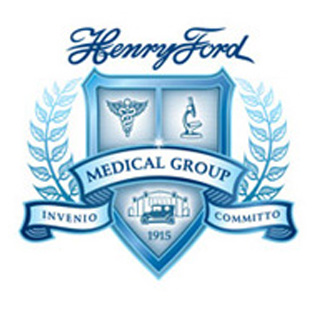
The researchers mentioned that the synthetic peptide Thymosin beta 4 was grouped with other drug treatments counting statins which helped in reviving repair mechanisms also aided in imitating cellular variations that evolve in the initial stages of the brain development.
“This successful experiment holds promise for treating clot-induced strokes in humans,” commented Daniel C. Morris, M.D., research lead author and senior staff physician in the Department of Emergency Medicine at Henry Ford Hospital.
He further mentions that Neurorestorative therapy is the next frontier in the treatment of stroke.
The research follows earlier data collected by the same team in March. The earlier research observed that Thymosin beta 4 largely developed a resistance shield myelin surrounding the nerve fibers in the brain cells. This was seen to enhance the neurological mechanism particularly after stroke in adult rats. The analyses helped understand that peptide repairs and strengthens stroke injured brain tissue. These findings were parallel to the earlier research which used peptide to renew damaged heart corneal tissue and wound repair.
The recent research included rats treated with saline as their control group. The adult rats were injected with Thymosin beta 4 one day following the blockage in the cerebral artery. Thereafter four more doses were given once in every three days. In the following eight weeks, the Thymosin beta 4 group advanced greatly as compared to the control group.
The research suggests that peptide enhanced the density of the blood vessels and also uplifted a specific immature brain cell called oligodendrocyte progenitor cell to differentiate into mature oligodendrocytes. This was observed to bring together myelin which protects axons in nerve cells.
The findings will be presented on June 3 at the Annual Meeting of the Society for Academic Emergency Medicine in Phoenix.
